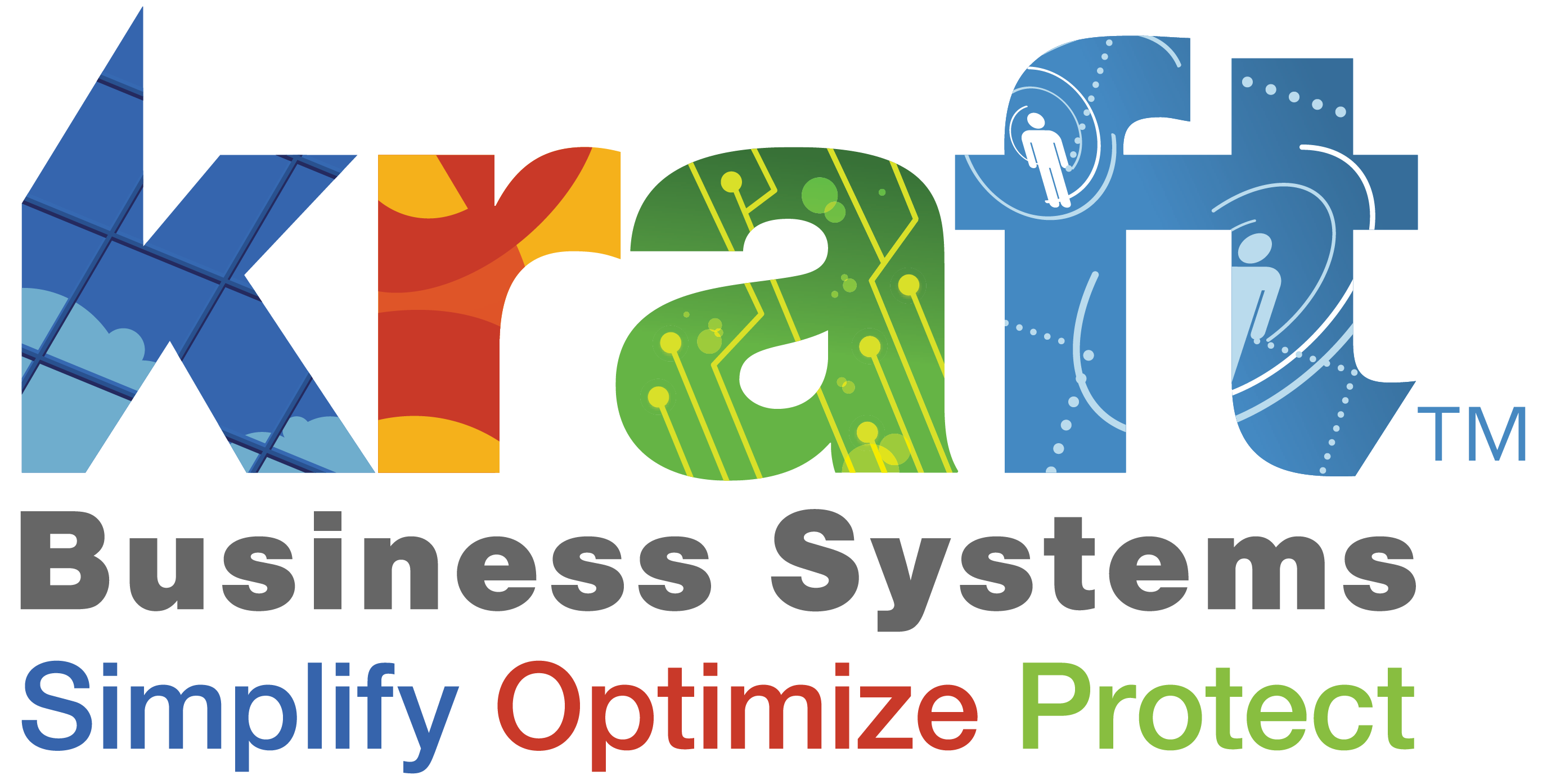Cloud computing has been trending in the IT industry and has many advantages including lowering costs and improving flexibility, efficiency, and scalability. There are different types of cloud computing, each with different benefits, so choosing the type that best meets your organization’s needs will set you up for success. But first, you need to understand what these options are and how they work.
Augmented Reality vs Virtual Reality: What’s the Difference
What is Cloud Computing?
In contrast to using local servers or hardware, cloud computing is the use of remote servers to store and manage data. Cloud computing provides servers, data storage, databases, networking, software, analytics, and intelligence almost immediately. These services are accessed through the internet, enabling the user to have access from multiple devices, giving more flexibility. Since it also allows people to easily share data, cloud computing nurtures collaboration. If a power outage or technological malfunction occurs, having an external server allows the company to recover their data, which could have been lost if the hardware was damaged.
What are the Different Types of Cloud Computing?
Public clouds – Public clouds, like Google Drive and Microsoft Azure, are the most common type of cloud computing; it gives the public access to resources through the web. Public clouds are not owned by the user, but rather by a third-party organization that develops virtual space. This organization manages and maintains the cloud. The consumer usually pays by the hour or by the byte, but some public clouds are free. Public cloud computing leads to
- higher security and performance
- lower costs
- wider availability of infrastructure, services, and applications
Private clouds– Private clouds are reserved for one business, and it is isolated from other users. All costs are managed by the company using the private cloud. This could be useful for companies who are unable to switch to public clouds because of security concerns, budgets, or regulations. In the healthcare and financial services industries, the features private clouds offer are particularly useful. Private cloud allows the company to customize the cloud to best suit their needs. Private clouds can provide benefits, such as:
- increased infrastructural capacity for large compute and storage demands
- on-demand services
- efficient resource allocations
- increased visibility into resources
Hybrid clouds– Hybrid clouds combine elements of both private clouds and public cloud solutions with integrated infrastructure. This allows the business to combine the best elements of the models. The two different clouds still have integration between them. The benefits of hybrid cloud include
- government and regulatory compliance
- offers stability and flexibility
- costs are lower than private clouds
Multi-cloud – Multi-cloud refers to one company using many unaffiliated clouds. Why would they do this? Oftentimes, specific features are limited to specific clouds, so to enjoy all these features, the company needs multiple clouds. Also, if one cloud provider loses the data or ends its operations, multi-clouds provide companies with a backup cloud. Through multi-cloud, companies use apps, resources, microservices, and containers from multiple cloud providers. There are many benefits to multi-cloud models:
- boosting performance
- avoid vendor lock-in
- enhance resilience
Cloud computing is a worthwhile investment for a business that makes data storage more convenient. The different options allow for flexibility that empowers the company to choose the best cloud type for their needs. If you would like to learn more about cloud services and Kraft’s managed IT services, contact a Kraft IT Expertto schedule your free consultation today.







